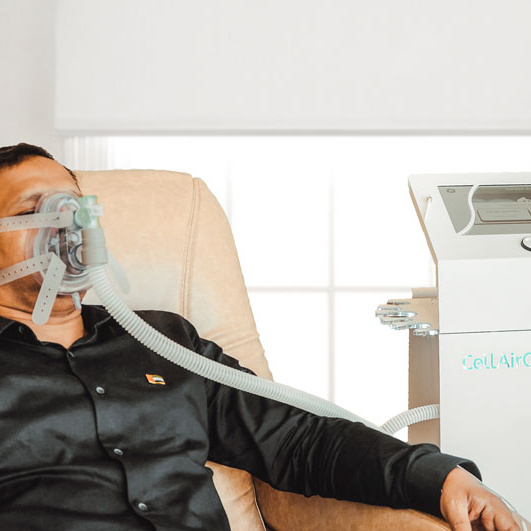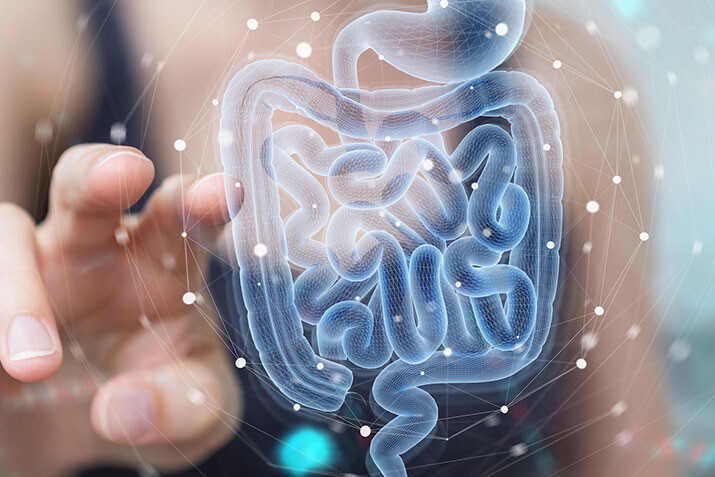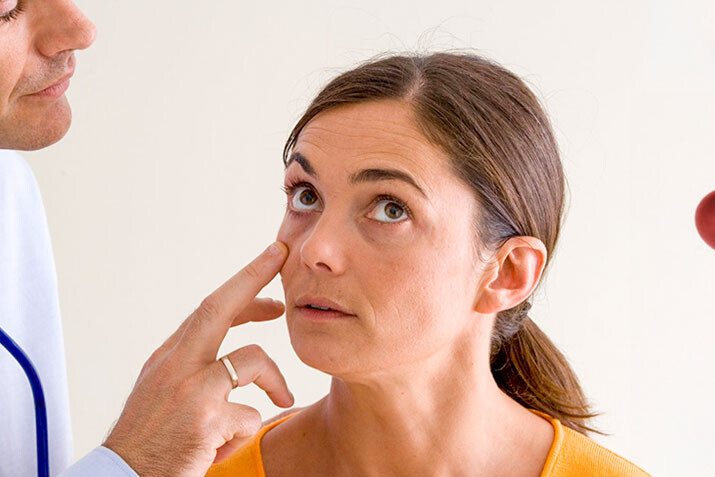From Altitude Training To Modern Science
Passive Training With Intermittent Hypoxia Hyperoxia Therapy (IHHT), Simulates Altitude Training
Introduction:
An increased interest in altitude training came up after the Olympic games in 1968 in Mexico City. For many sports scientists and professional athletes it was a golden opportunity to test the effects of altitude training. A major impact on the performance of the athletes at Mexico City Olympic Games has been observed at an altitude of 2300 meters.
Based on the research which became available after the games in 1968 many athletes integrated altitude training into their program. The most common benefit of altitude training is well known- the increase of red blood cells resulting in an effective oxygen supply.

Today we know much more. The effects of short episodes of hypoxia have a wide range of physiological benefits. The focus of scientific interest was first on the energy production in the mitochondria and the change in blood vessels, specifically the small blood vessels called capillaries. The discovery of the hypoxia inducible factor (HIF1-alpha) within cells was a major scientific breakthrough. It gave the explanation to the holistic action of the hypoxic stimulus. HIF1- alpha is present in every cell and when activated it increases in amount within the cells and stimulates a number of beneficial physiological and metabolic changes. It was discovered by Prof. Gregg Semenza (in the UK) for which he received the Nobel prize in 2019.
Simulated altitude training has demonstrated measurable benefits for a wide range of individuals- from elite athletes to patients with chronic health conditions and an impaired ability to exercise. The principle is easy to understand: Reducing the oxygen in the air you breathe increases the training stimulus on both aerobic and anaerobic systems. IHHT influences epigenetic expression and consequently has a positive impact on our cellular health and mitochondrial function. The proven physiological benefits include protection against oxidative stress, an increase in cellular energy production, the optimization of sugar and fat metabolism, and the accelerated breakdown of lactate.
Methodology:
Intermittent Hypoxia Hyperoxia therapy (IHHT) is a novel, safe, and effective technique simulating an altitude training situation. Instead of actively training in the mountains, the therapy session is at rest in a comfortable position. The effect results from breathing through a mask using a device that controls the amount of oxygen in the inspired air. At regular intervals the inhaled oxygen concentration gets modified. The total session typically lasts for approximately 40 minutes whilst the amount of oxygen of the inhaled air gets decreased and increased at regular intervals.
Before starting the first session an assessment is necessary. It includes the “Stop breathing test” (how long can you hold your breath?), the “Hypoxia test” (What level of oxygen in the air is needed to achieve a certain reduction in oxygen level in the blood) and the “Heart rate variability” (A measure of heart health).
The training strategy will be defined according to the result of the assessment. The individual oxygen concentration during the hypoxic interval is different among individuals. An athlete will train with lower oxygen levels than an older less fit individual, for example.
The reduced oxygen concentration in the inhaled air is the key factor for the stimulus resulting in adjustments at physiological level. During the hypoxic interval the inhaled oxygen concentrations will usually be at 16 % or lower, down to even 11-12%. This is significantly less than the normal oxygen concentration in the air of 21%.
In order to benefit from the wide range of physiological effects and the adapting processes, the sessions of IHHT should be done on a regular basis, typically 2-3 times per week. A minimum of 10-15 sessions are recommended.
Benefits:
IHHT can bring benefits in improving the symptoms and functionality of patients with various cardiovascular, respiratory, musculoskeletal, neurological, and metabolic pathologies. Specific conditions that respond particularly well to the treatment are: chronic fatigue, sleeping problems, and post infectious conditions (for example long Covid). Research suggests that IHHT is also beneficial for patients with neurologic diseases such as Alzheimer’s Disease, Parkinson’s disease and patients with mild cognitive decline. And for athletes, particularly endurance athletes, the hypoxic environment helps augment the benefits of a standard training regime.





























